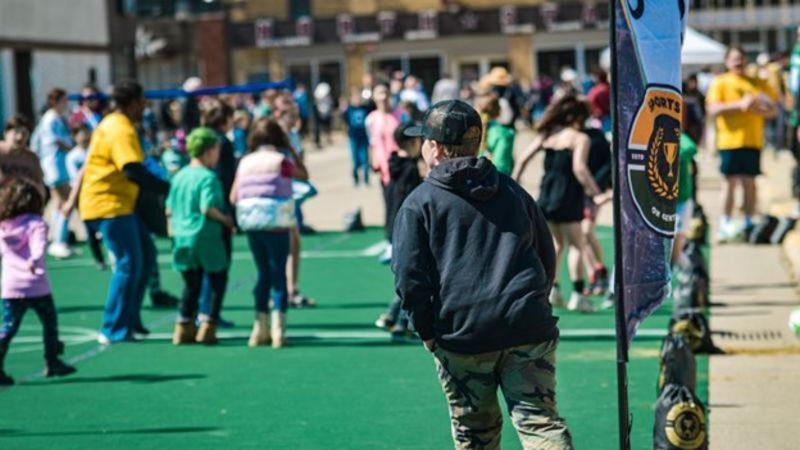
Rich Ukrainian history in Saskatchewan
As tensions remain high in Ukraine, the country’s impact on Saskatchewan is not lost on a local author.
“The Ukrainian impact has been absolutely profound,” Alan Anderson, author of Settling Saskatchewan, said.
Today, a string of Ukrainian settlements from southeastern Manitoba to the east of Edmonton are found on the Prairies. At the heart of the immigration movement is Saskatchewan.
The earliest Ukrainian settlements in Saskatchewan date back to 1896. By the 1930s, Western Canada had over 200,000 Ukrainians, Anderson said.


